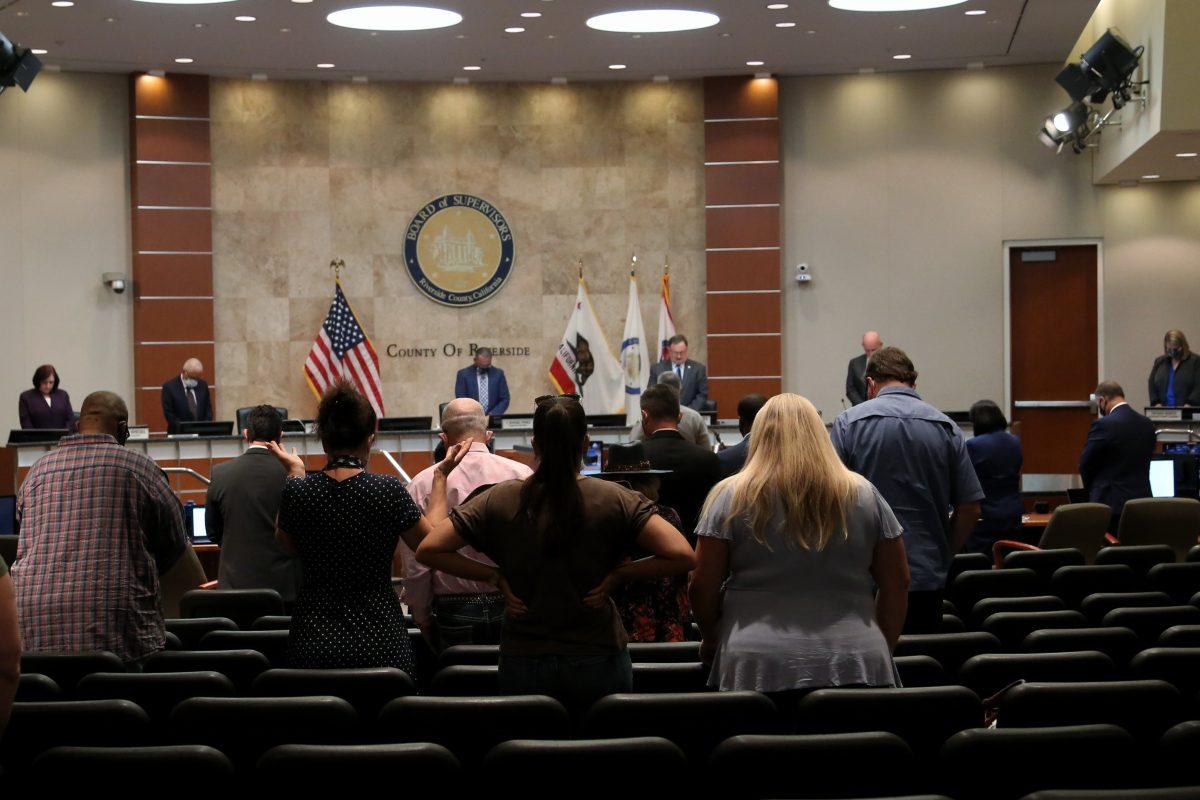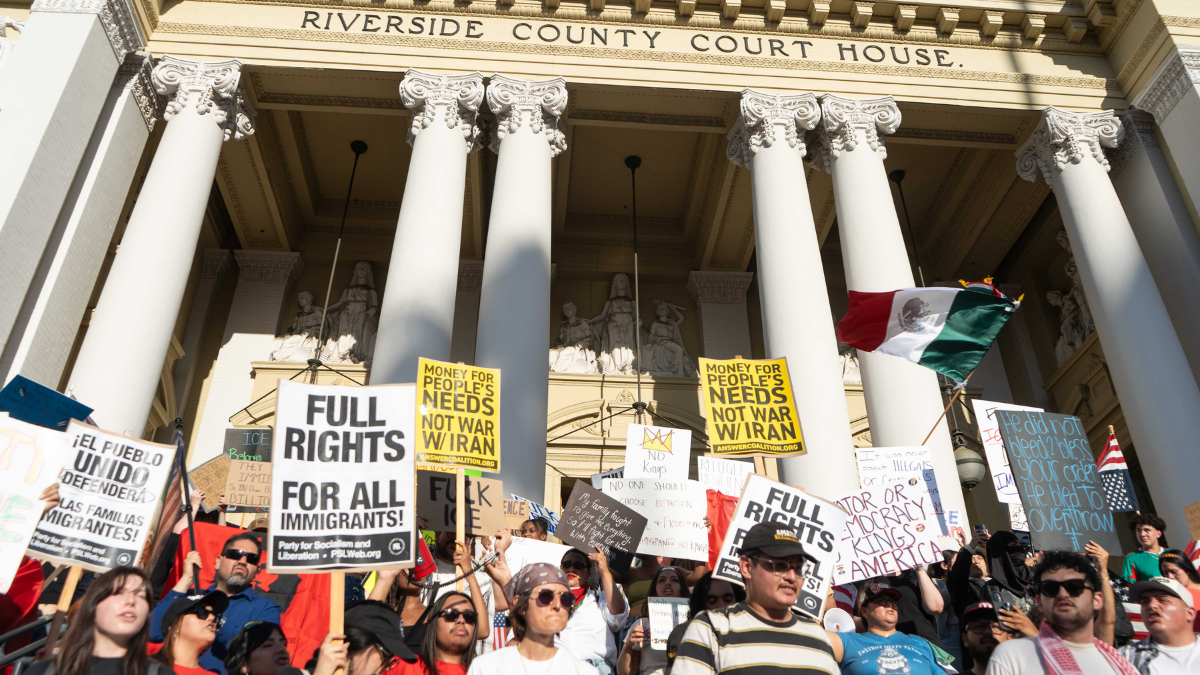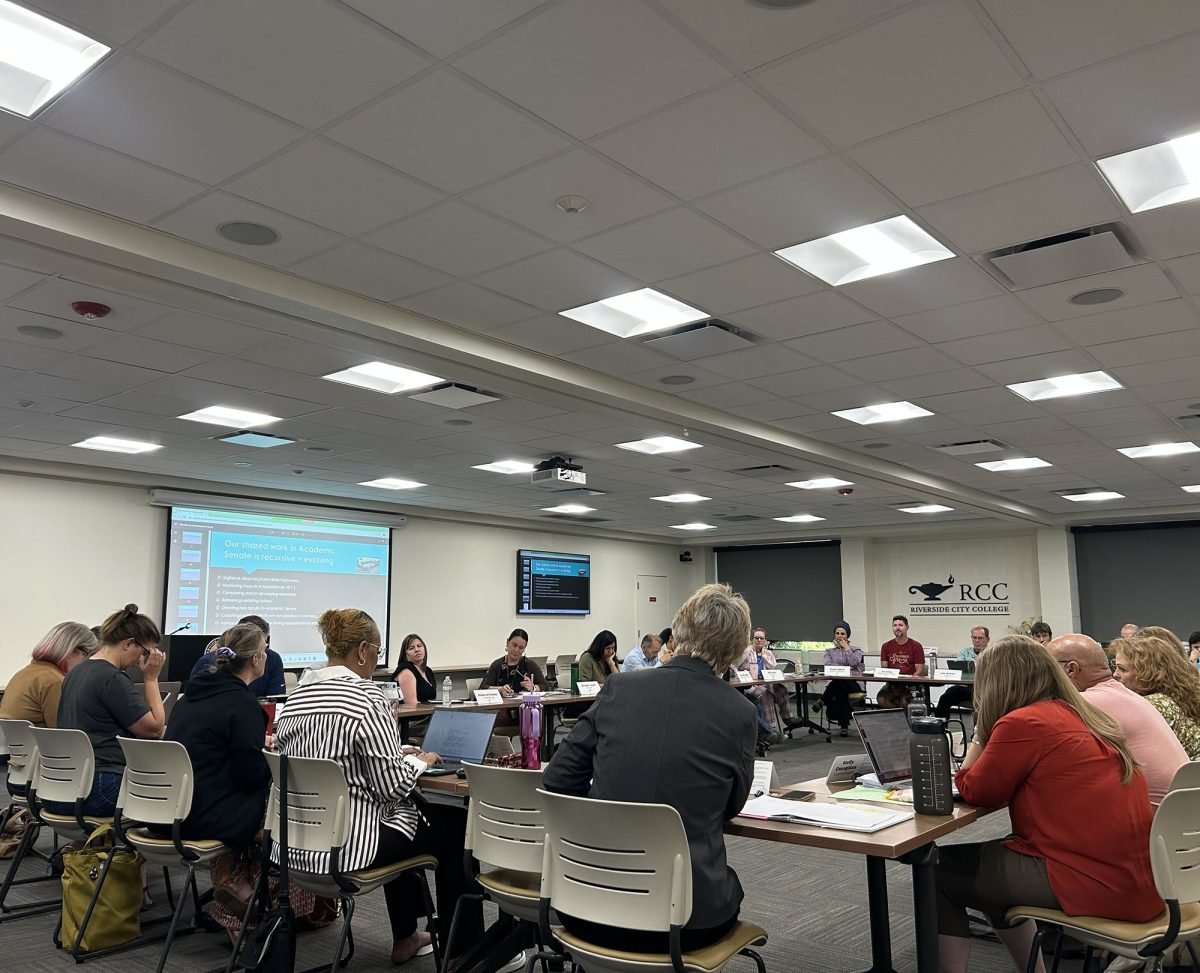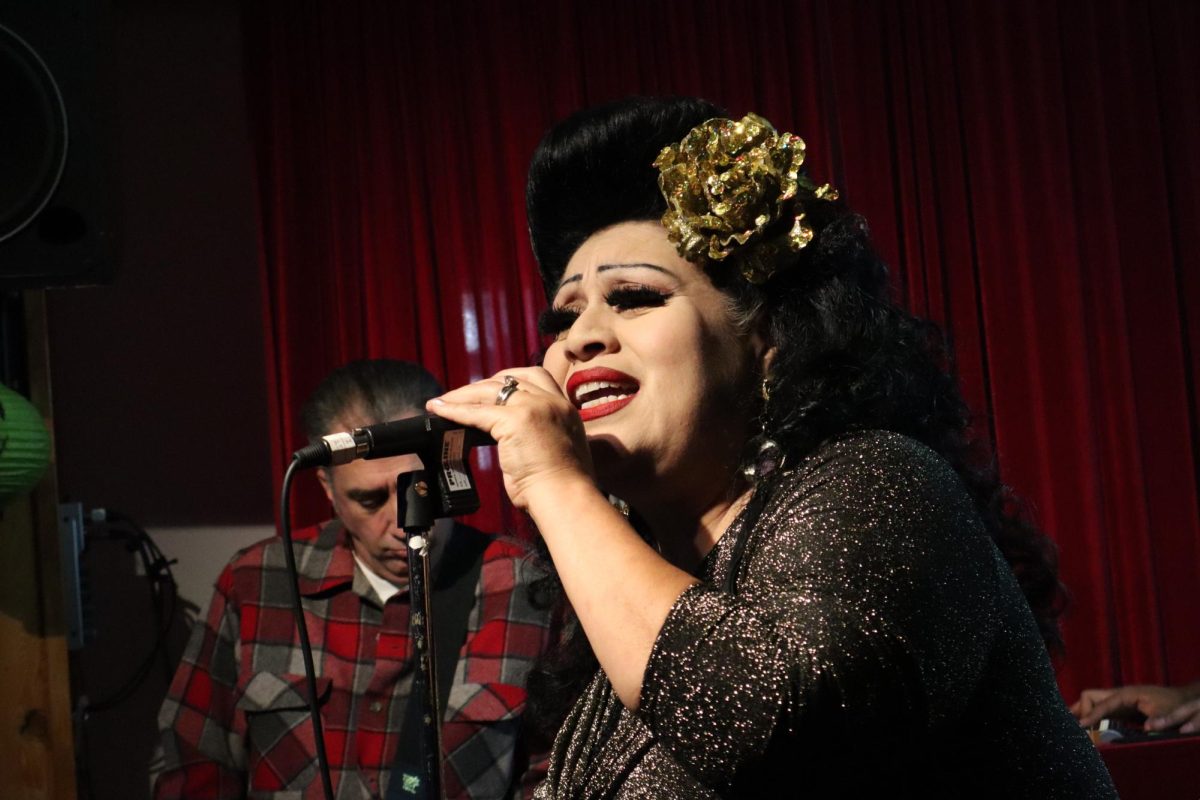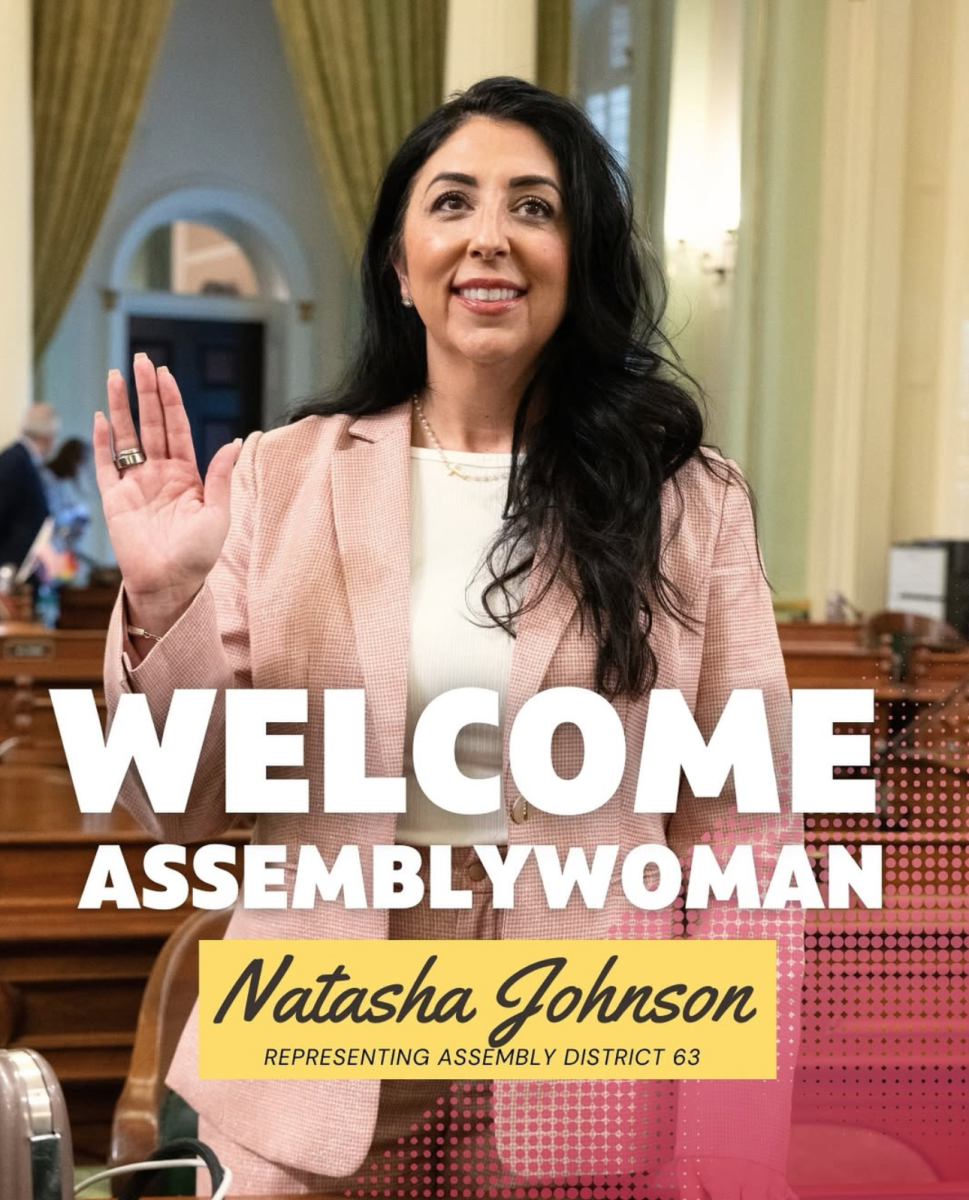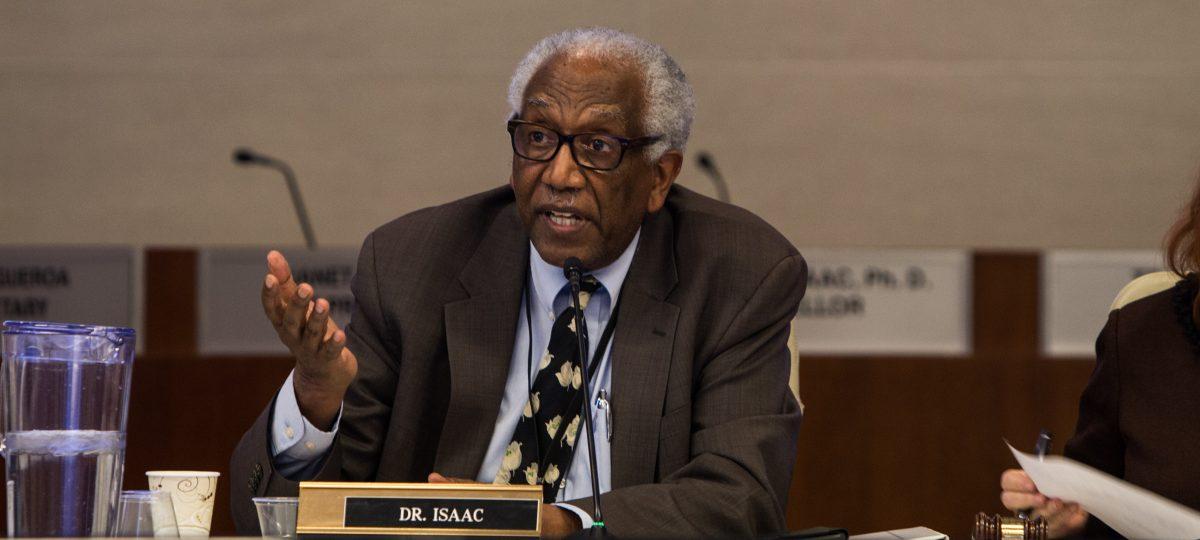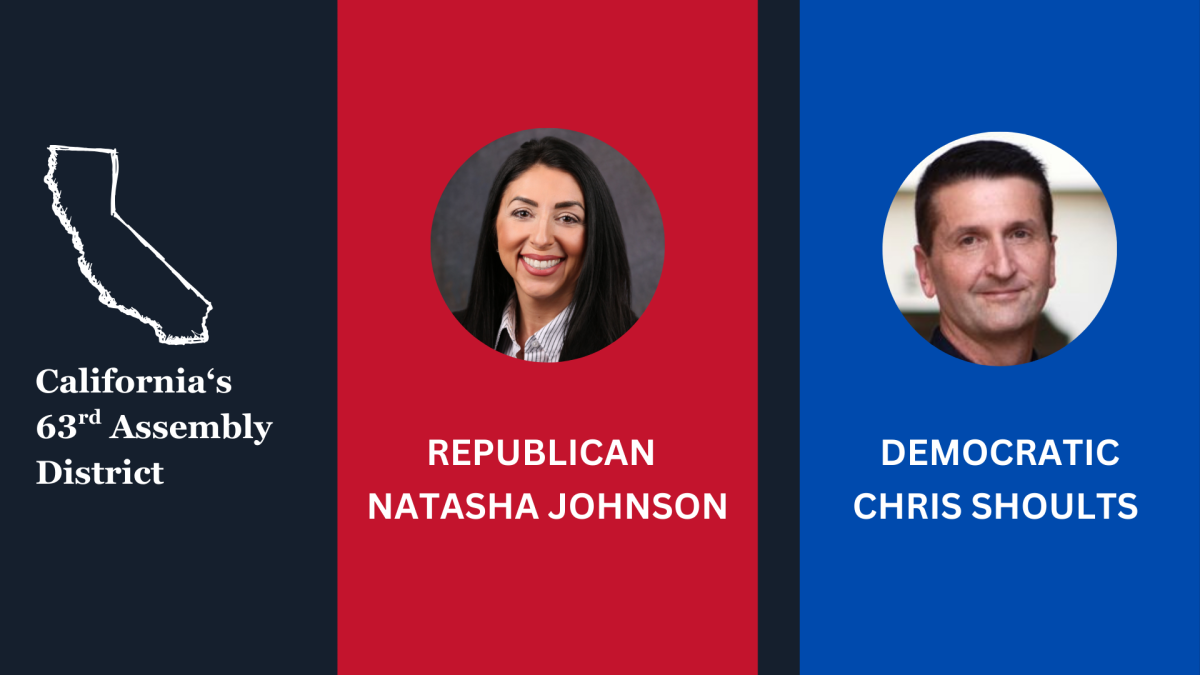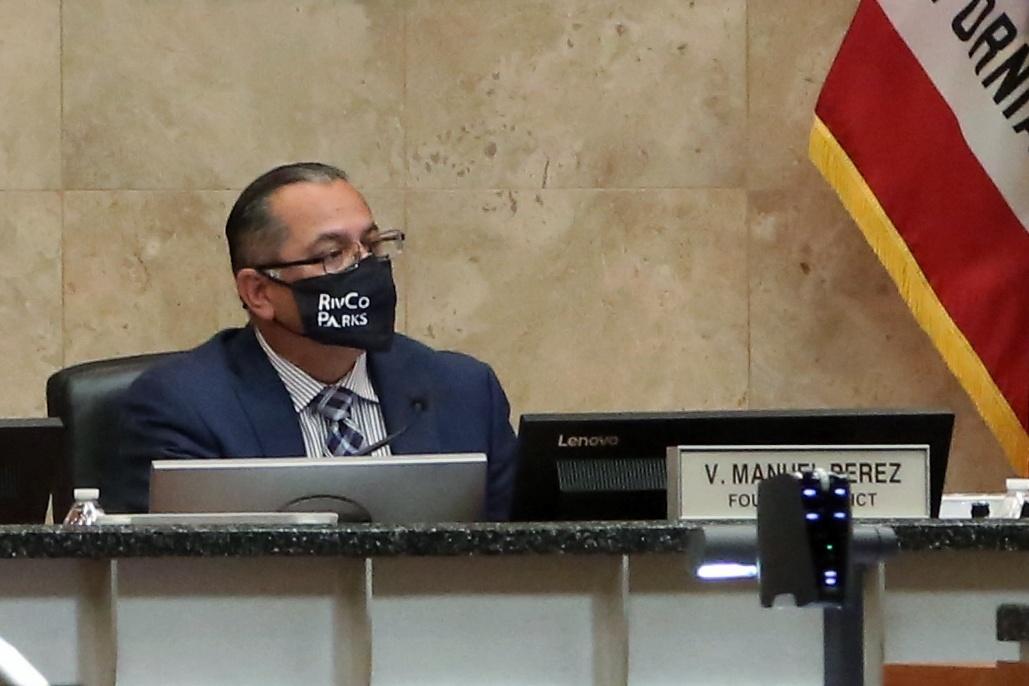
By Cheetara Piry
The Riverside County Board of Supervisors voted against a fast-tracked timeline to reopen businesses before Halloween and bypass state guidelines.
Supervisor Jeff Hewitt first presented the plan Sept. 22, but it required further revision and was rescheduled for discussion Oct. 6.
The proposal was rejected 4-1, with only Hewitt dissenting.
The board removed Hewitt’s timeline for Phases 2 and 3 and will remain aligned with state recommendations.
Supervisor V. Manuel Perez added a motion for county staff to work closely with the California Department of Public Health to seek guidance and clarity regarding hotel meetings in hopes of keeping businesses from closing again.
According to Supervisor Karen Spiegel, the revised proposal was not much different from the state’s color-coded system. Upon approval, his plan would not have allowed for mass reopening.
“This guideline has just a couple of ideas that are outside the box,” Spiegel said. “My concern is we are giving (a) false sense of hope to businesses.”
Hewitt’s plan followed proper safety practices including physical distancing, wearing of face coverings, frequent hand washing and cleaning protocols. The board will closely monitor public health trends of new COVID-19 cases before proceeding to the next phase.
Phase 1, which took effect Sept. 22, reopened dine-in, places of worship, theaters and gyms. It also reopened personal care establishments, including barbershops, nail salons, hair salons and body art parlors.
Phase 2 was slated to go into effect Oct. 13 and would have allowed limited indoor activities at 25% capacity or 100 persons.
Phase 3, the final phase of Hewitt’s plan, was targeted for implementation Oct. 27. It would have reopened wineries, family entertainment centers, bars, breweries and distilleries, non-essential indoor offices and wedding receptions. Indoor gatherings would have been limited to 25% capacity or 100 persons.
Spiegel indicated the county cannot protect businesses with state-issued licenses should they choose to reopen prematurely.
“If you have a liquor license, cosmetology license or medical license, it’s all at risk to be taken if we were to tick off the governor,” Spiegel said.
Kim Saruwatari, Riverside County Public Health director, announced the possibility of falling back to the purple tier, indicating a widespread transmission. In that event, nearly all businesses would have to keep indoor operations closed or severely limited.
Riverside County is in the red tier, the first non-restrictive tier that allows limited reopening of specific businesses.
“While we expect to remain in the red tier this week, the adjusted case rate is currently entering the purple tier again,” said Cameron Kaiser, Riverside County Public Health officer. “If the trend continues, we are informed by the state (that) we face the possibility of going backward.”
Saruwatari reported that the county’s raw case rate is at 6.8 per 100,000. The county’s adjusted case rate is at 7.6 per 100,000. These numbers are pushing the county into a possible setback, she said.
A closer look into the data provided, Saruwatari noted, showed increased transmission was not definitive to a specific race, ethnicity, or area. The increase was county-wide and most likely caused by the public’s relaxed adherence to CDC guidelines during the initial phase of reopening, she argued.
“We see a similar phenomenon in San Bernardino, so we do not believe this is a local artifact of our numbers,” Kaiser said.
Riverside County CEO George Johnson reported $114 million in state funding at risk if the county strayed from the state’s reopening guidelines.
That includes $56 million in CARES Act grants that support small businesses negatively impacted by COVID-19.
The county had received $28 million by the time of the meeting, only half of the CARES Act funds from the state.
In order to receive a direct payment from the state, Johnson must report compliance with, or failure to maintain compliance with the governor and the California Department of Public Health’s orders.
“If there is a deviation from following the state’s guidance, that’s where the risk comes into play,” Johnson said.
Hewitt said Gov. Gavin Newsom never specifically threatened to take the funds from the county if they were to dissent from state guidelines.
Lou Monville, former California State Universities Board of Trustees member, agreed the county should advance in reopening.
“This is a critical moment for the board to highlight to the state of California the ongoing historic underfunding of this county,” Monville said. “The health disparities (in hot spots) are because the state has not funded us properly.”
Public opinion was split on Hewitt’s proposal. Some proponents of reopening threatened supervisors, called for Newsom’s imprisonment and labelled the government’s decision to shut down as “domestic terrorism.”
“For those of you who want us to reopen and those of you who feared that we would lift the restrictions, the truth is we can do neither,” Supervisor Kevin Jeffries said. “As frustrating as it was to hear those folks yelling at me today and threaten us today, I understand there’s nobody else you can talk to.”
Kim Floyd, a resident of Palm Desert, urged that the county not abandon the state’s guidelines.
“This is a fool’s choice,” Floyd said. “A short term gain for a long term loss.”
There were 800 new cases of COVID-19 and 6 deaths in Riverside County during the weekend leading up to the board meeting Oct. 6.

